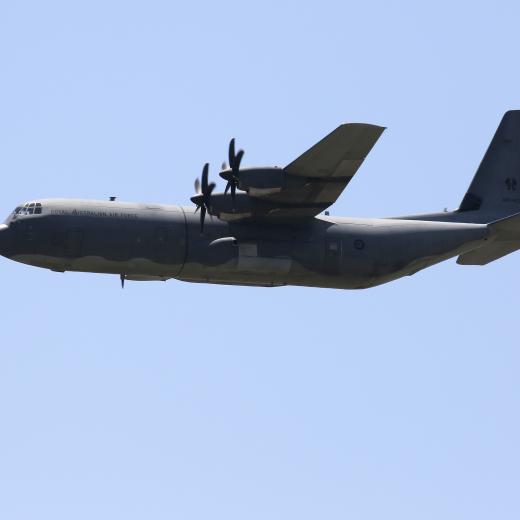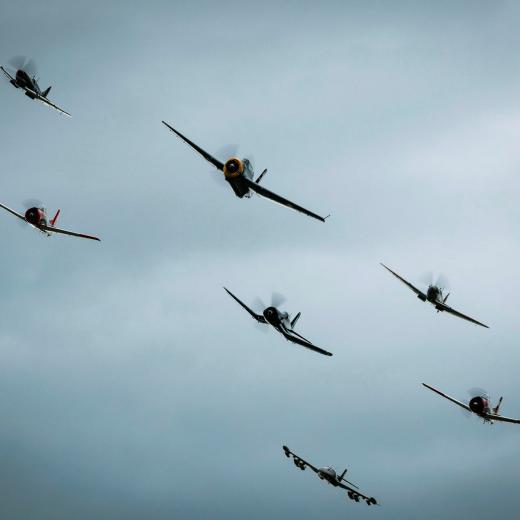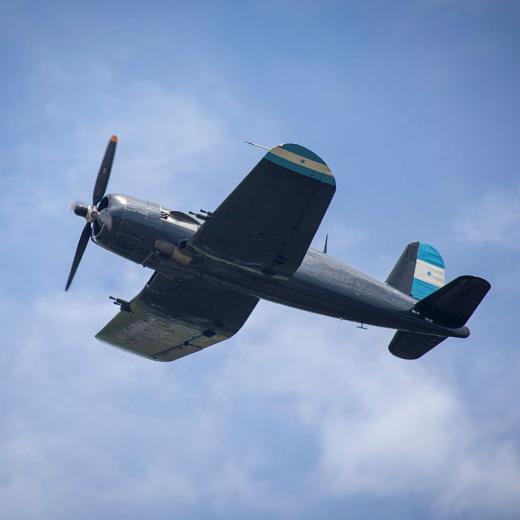BLUF
The Battle of the Bulge reminds us that without adequate fuel supplies, no military can succeed.Summary
This article is the second part of the National Interest article about the Battle of the Bulge. This article makes the following points:
- The Germans called the Battle of The Bulge Wacht am Rhein (Watch on the Rhein).
- 250 000 Germans surprised the Allies on December 16 1944.
- The battle commenced with a massive German bombardment.
- Fog prevented Allied intelligence and air support.
- The newly formed and untested 106th Infantry Division was one of the first units attacked and was quickly destroyed by the Germans.
- The battle-hardened 101st Airborne Division was resting near the small town of Bastogne.
- In the overall European Theatre, 55 weary German Divisions faced 96 Allied Divisions, with ten more deploying from the UK.
- The USA and British economies outproduced German industry and easily replaced military hardware lost in battle.
- German industry was under constant bombardment by Allied aircraft.
- By December 21, the 101st Airborne in Bastogne was surrounded and refused to surrender.
- Its commander's famous response was 'nuts'.
- The 6th Panzer Army (that in 1940 had led the blitzkrieg across France) pushed towards Antwerp.
- The whole operation relied on capturing Allied fuel.
- Unable to find fresh fuel supplies, the Germans had to abandon their tanks.
- The American forces showed bravery and determination and quickly regrouped and pushed on towards Berlin.
- It is important to remember that prior to the Battle of the Bulge the Russians had defeated the Germans at the much bigger Battle of Kursk; and were now quickly closing in on Berlin.
See Runway Post: Battle of the Bulge: Hitler Sets One Last Trap --- Part One
References
- Jul 2018 History Hit What Was the Significance of the Battle of the Bulge?
- HISTORYNET The Battle of the Bulge: Nazi Germany’s Last Gasp
- Battle of the Bulge | Summary, Commanders, & Significance | Britannica
- Battle of the Bulge | The U.S. Army
- Battle of the Bulge | Holocaust Encyclopedia (ushmm.org)
- World War II: Ardennes Campaign (Battle of the Bulge) | Eisenhower Presidential Library (eisenhowerlibrary.gov)
- Battle of the Bulge | The National WWII Museum | New Orleans (nationalww2museum.org)
- Battle Of The Bulge WW2 Facts You Need To Know | Imperial War Museums (iwm.org.uk)





